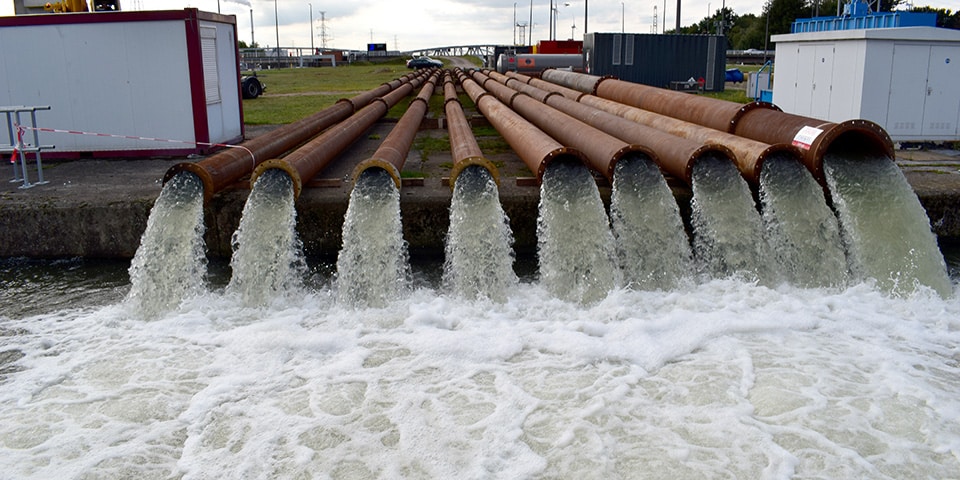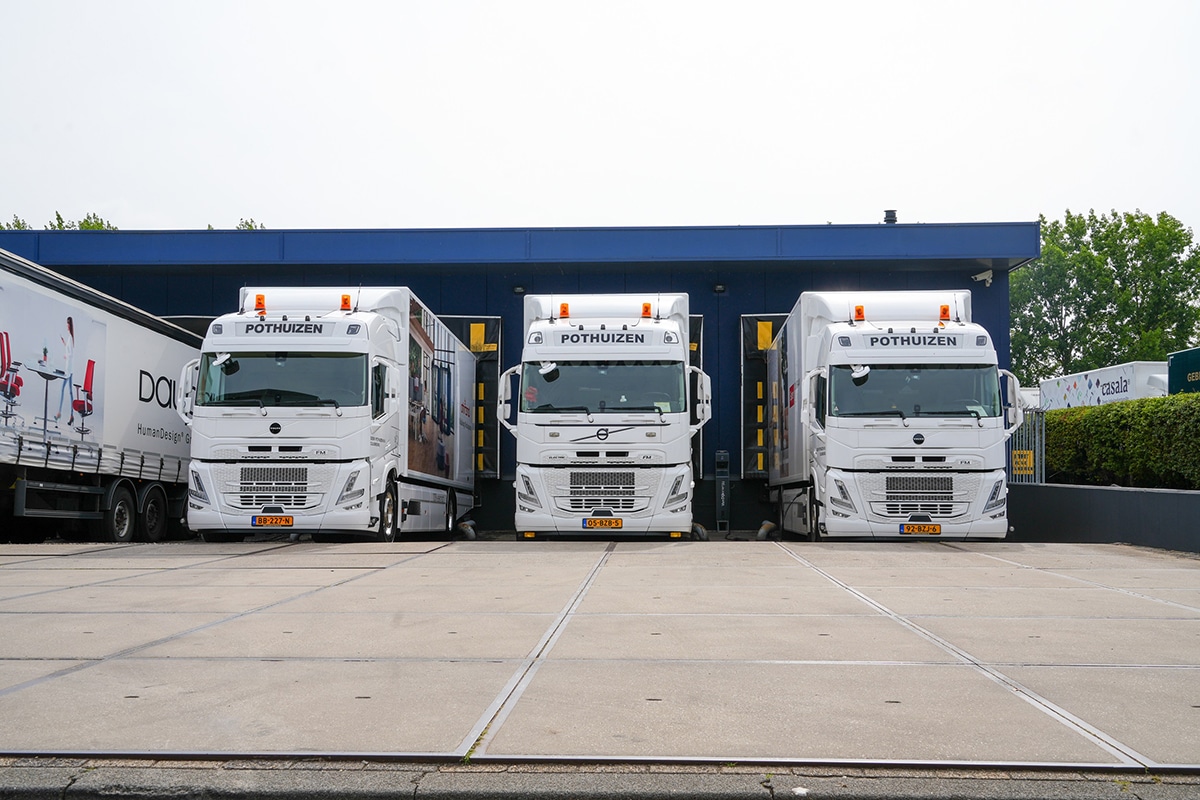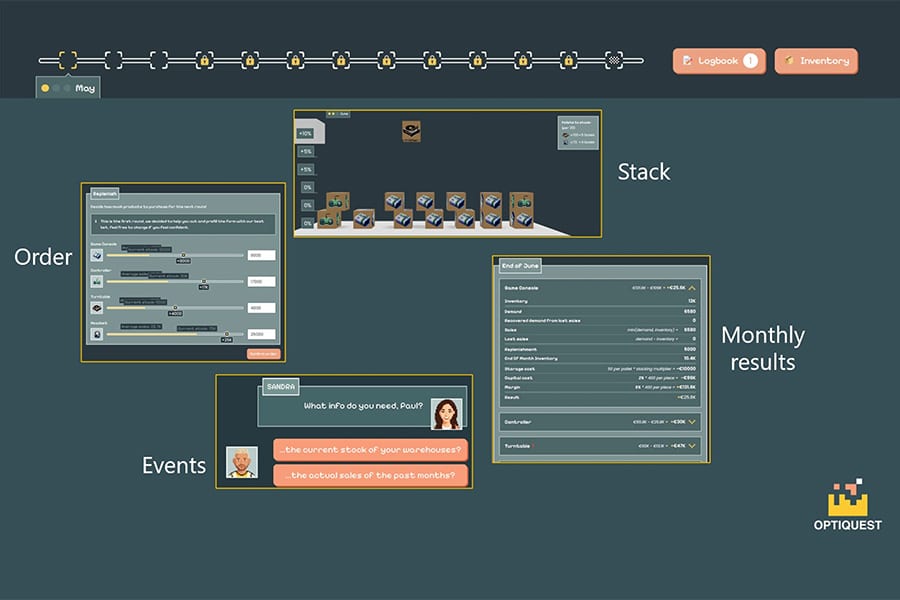
Temporary pump installations due to low Meuse flow records
Persistent drought has caused the discharge of navigable waterways in the Netherlands and Flanders to fall systematically since spring. The rain showers of the recent period have done little to change this; the Meuse discharge is still setting low records. This is causing various problems, including with regard to navigability. Reason enough for Rijkswaterstaat and De Vlaamse Waterweg to join forces and take measures.
The Meuse is a typical rain river: depending on the amount of rainfall, especially in the Ardennes and northeastern France, the discharge of the Meuse can be very low or very high. The average discharge of water through the Meuse is 250 m3/s, which is 250,000 liters per second. Due to the persistent drought of recent months, the Meuse discharge at Liege, the branch to the Albert Canal, is barely 35 m3/s. This has a huge effect, and not only on the navigability of the waterways. The water is also used for drinking water production, energy production, process water for industry, agricultural irrigation and the irrigation of natural areas.
Three substantial emergency pumping systems
Because of the intensive water use of the Dutch and Flemish waterway networks, Rijkswaterstaat and De Vlaamse Waterweg have been taking preventive measures in mutual consultation for quite some time to distribute the available water as well as possible and avoid draught restrictions to the maximum extent. "One of these measures is the installation of emergency pumping systems to pump back the water lost during lockage," says André van der Tuin of Eekels Pompen. "We installed substantial emergency pumping installations at three locations on the Albert Canal in a very short period of time in early September that continuously pump back large quantities of water from the downstream to the upstream. The pumping systems consist of large submersible pumps, steel piping and their own power supplies. At two locations, 5,000 m3/hour pumped, at the other location as much as 10,000 m3/hour. It was rightfully a rush job for us. On Friday we received a phone call that was taken up internally as an emergency to get the plants "up and running" in a very short time frame. The emergency pumps will remain in operation until sufficient rainfall has returned. We also placed emergency pumps at various locations in the Netherlands, particularly to secure the supply of cooling water for industry."




